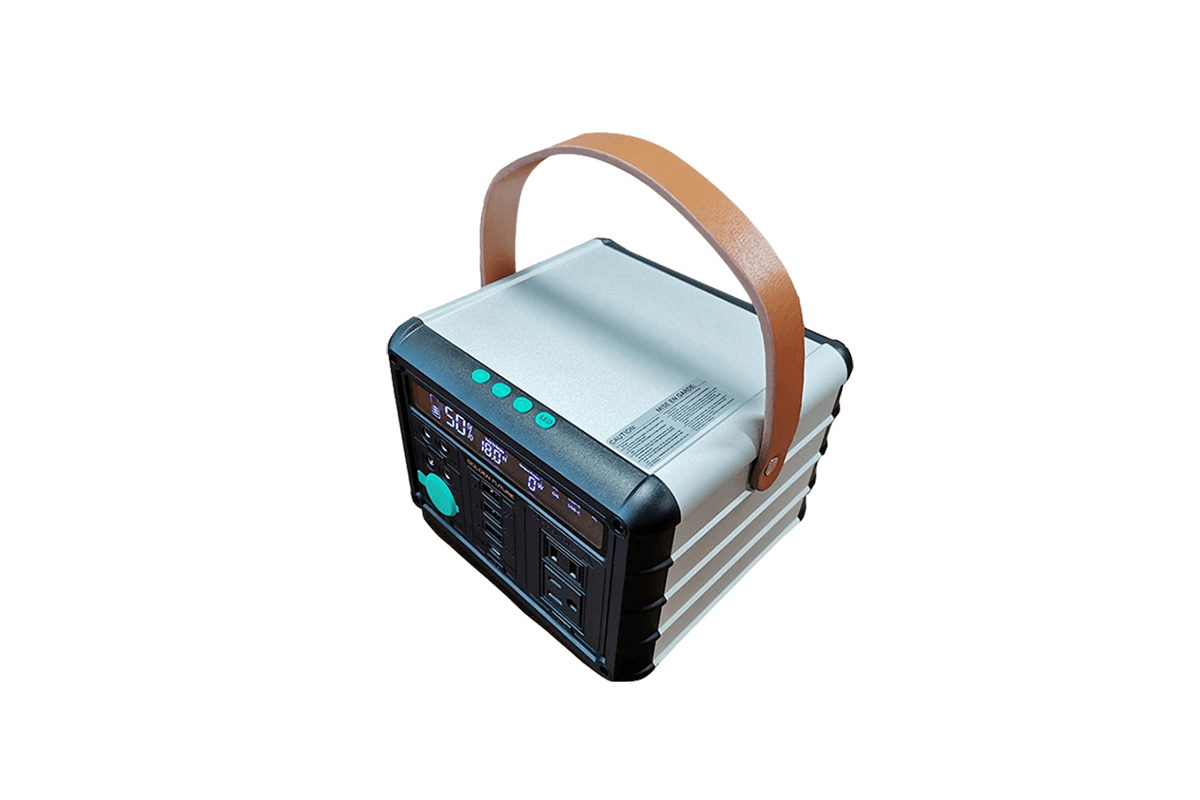

Time:2025-07-12 Views:1

Nickel-metal hydride (NiMH) batteries have long been a popular choice for electric bicycles, offering a balance of performance, safety, and affordability. These batteries operate based on the chemical reaction between nickel oxyhydroxide (NiOOH) in the positive electrode and a hydrogen-absorbing alloy in the negative electrode, with a potassium hydroxide (KOH) solution as the electrolyte.
One of the key advantages of NiMH batteries in electric bicycles is their high energy density, which allows for a reasonable range per charge. A typical NiMH battery pack for an electric bicycle can provide a range of 30-60 kilometers, depending on factors such as the battery capacity (usually 12-24 Ah), the weight of the rider, terrain, and speed. This range is sufficient for most urban commuting needs, making them a practical option for daily use.
Another benefit is their good charge-discharge cycle life. NiMH batteries can withstand 500-1000 charge-discharge cycles before their capacity drops significantly, which translates to a service life of 2-3 years with regular use. They also have a relatively low self-discharge rate compared to some other battery types, losing about 1-2% of their charge per day when not in use, which means the electric bicycle can be left unused for a few weeks without requiring a full recharge.
Safety is a critical factor for electric bicycle batteries, and NiMH batteries excel in this area. They are less prone to thermal runaway compared to lithium-ion batteries, reducing the risk of fire or explosion, even in cases of overcharging or physical damage. This makes them a reliable choice for riders who prioritize safety, especially in crowded urban environments.
Additionally, NiMH batteries are environmentally friendlier than nickel-cadmium (NiCd) batteries, as they do not contain toxic cadmium. They are also more easily recyclable, with established recycling processes that recover valuable materials like nickel and rare earth metals, reducing their environmental impact.
However, NiMH batteries do have some limitations. They are heavier than lithium-ion batteries, which can add to the overall weight of the electric bicycle, affecting maneuverability. They also have a lower energy density than lithium-ion batteries, meaning they may require more space for a given capacity. Despite these drawbacks, their combination of safety, affordability, and reasonable performance ensures they remain a viable option for electric bicycle manufacturers and riders.
Read recommendations: